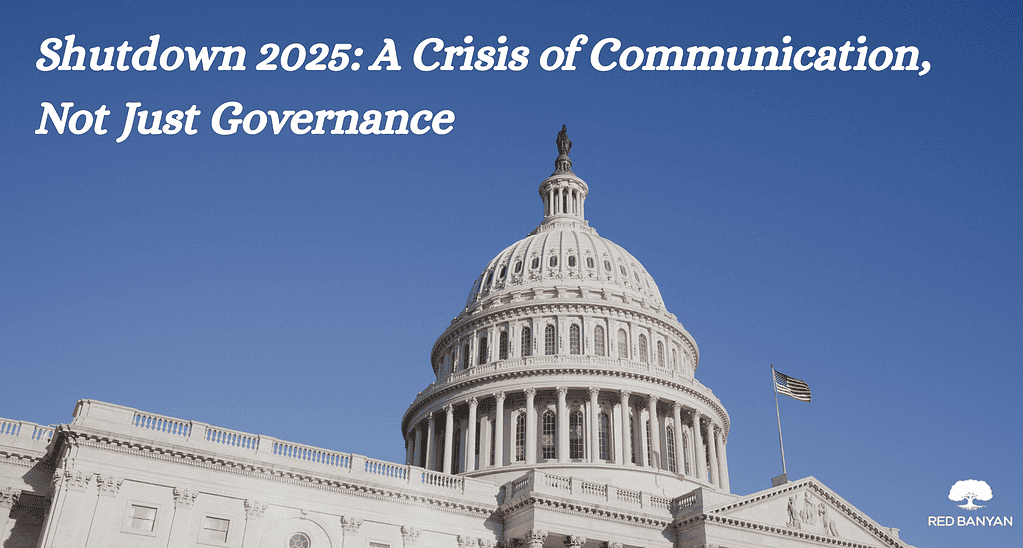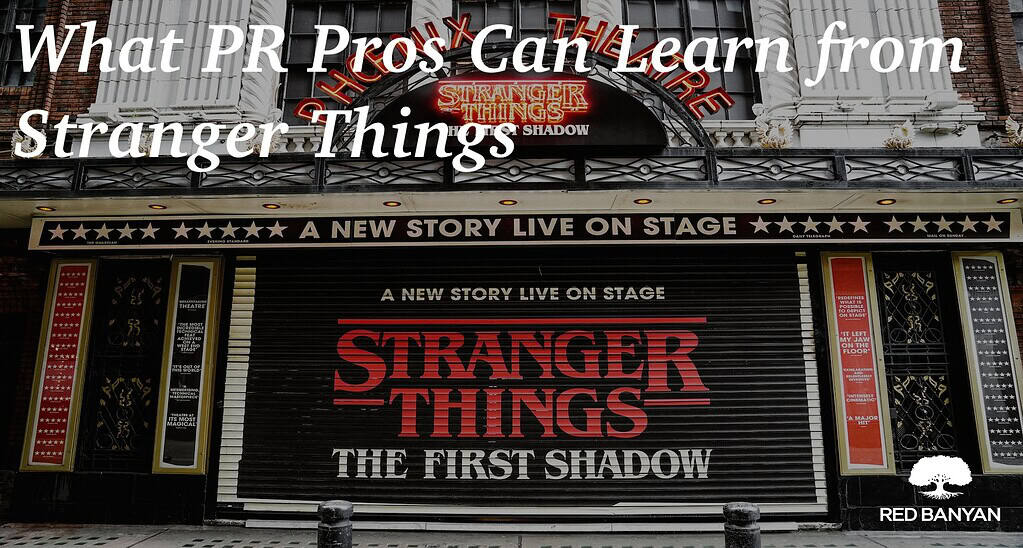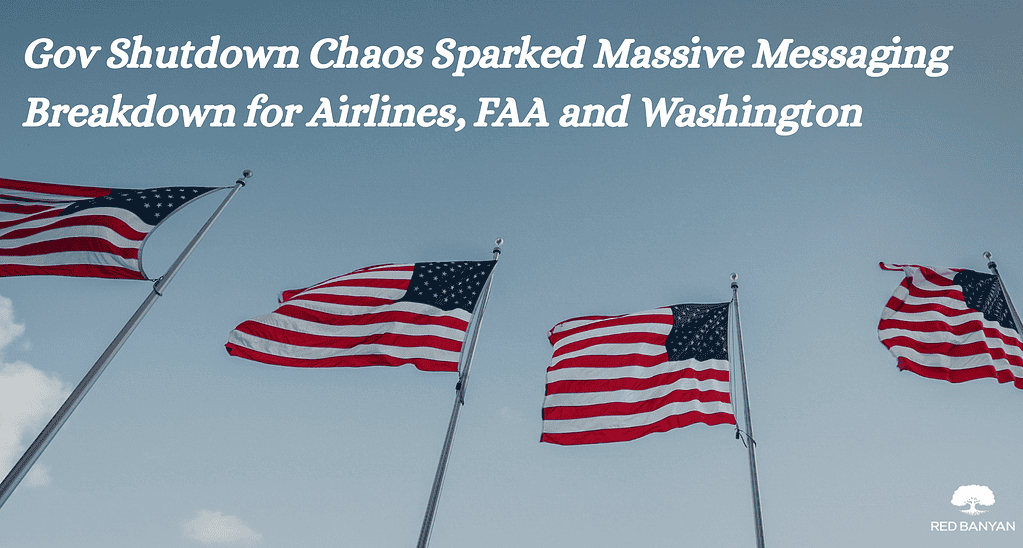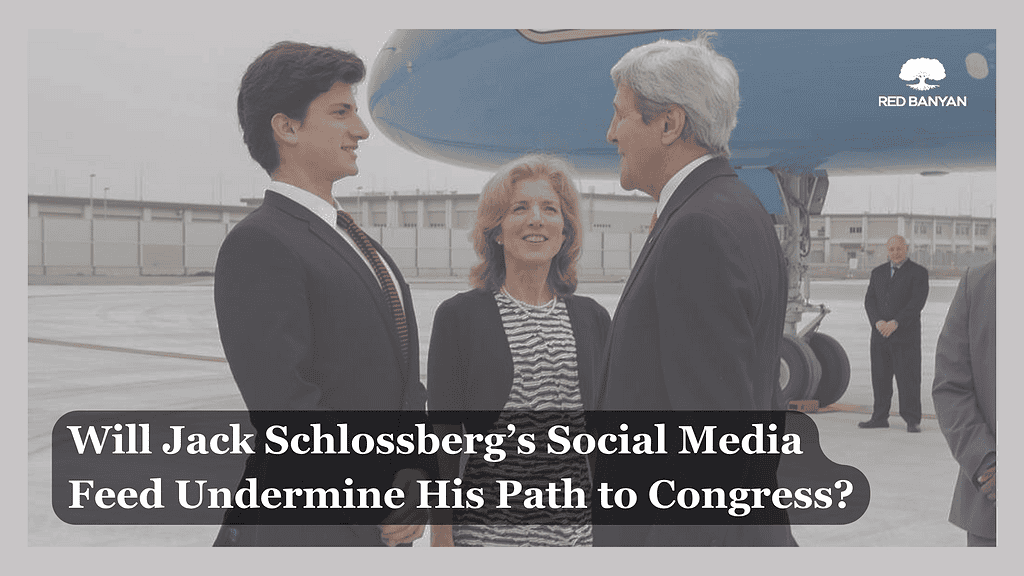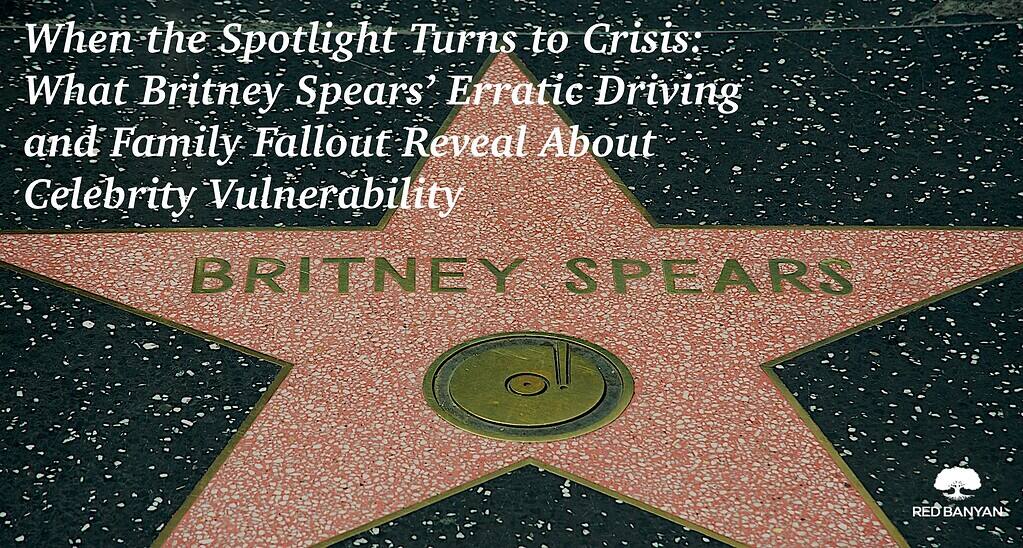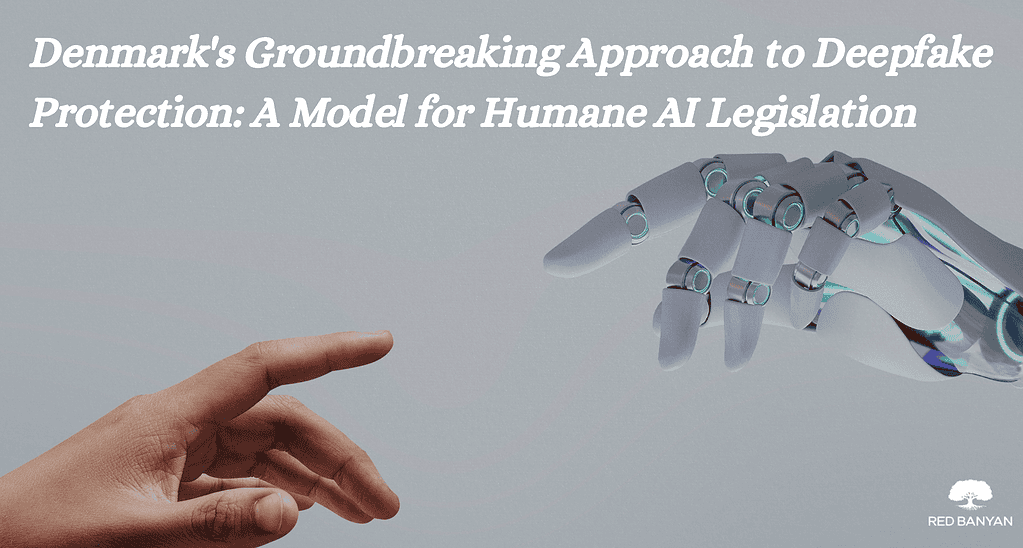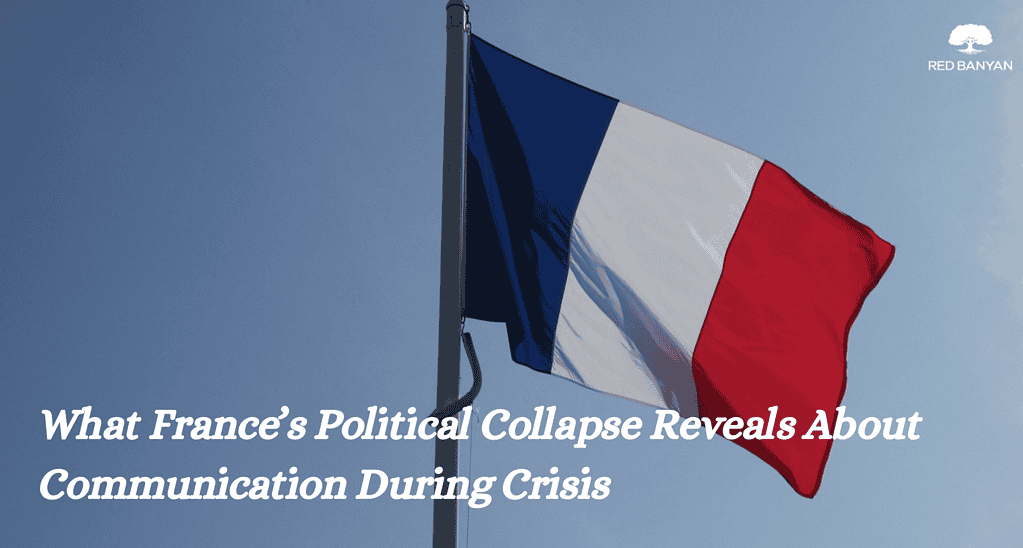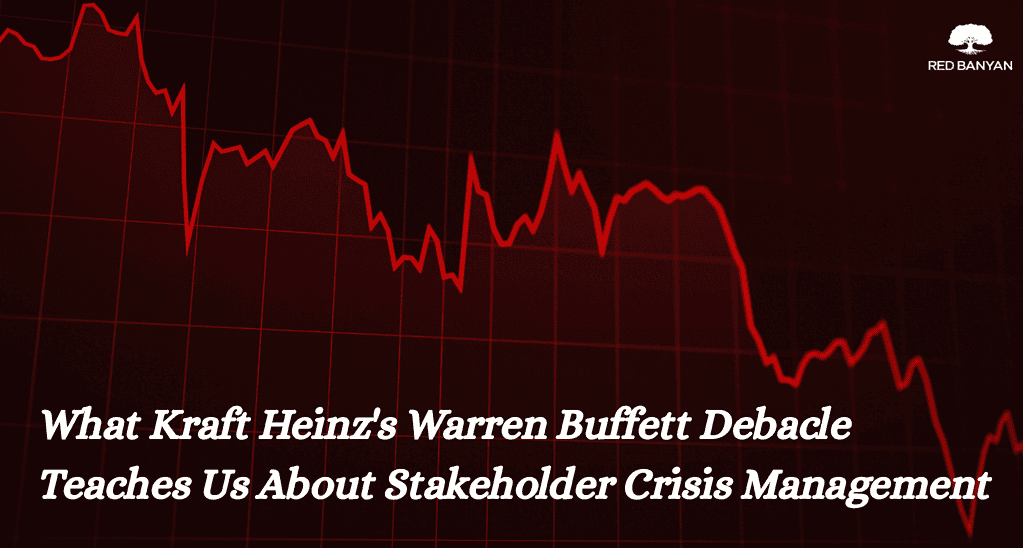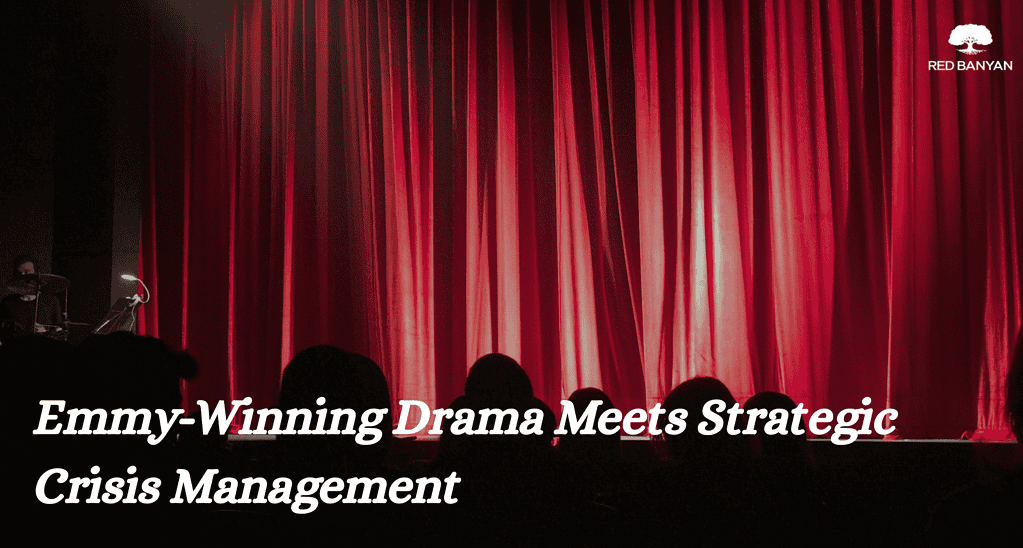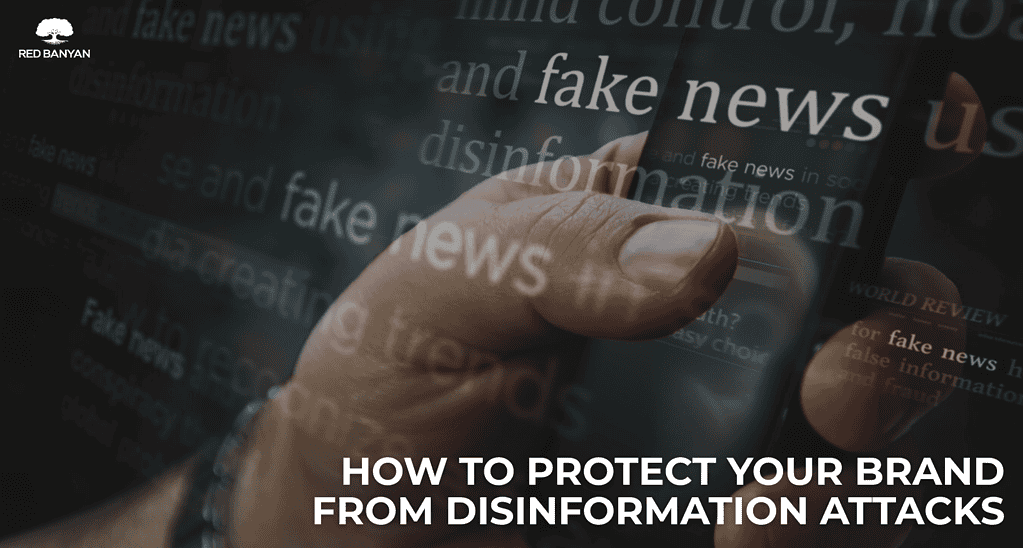A Shutdown Defined by Silence and Spin
The 2025 federal government shutdown isn’t just a policy failure, it’s a full-blown communications crisis. As the White House and Congress remain gridlocked over budgetary priorities, most notably the expiration of Affordable Care Act subsidies, what’s missing is not just a deal but a coherent narrative that informs and reassures the public.
This government shutdown of 2025 highlights the broader implications of a federal budget impasse. Americans are receiving fragmented, contradictory messages that fail to explain the real stakes. This is more than a legislative breakdown, it’s a case study in how communication failure can worsen public trust in government and magnify reputational risk.
Narratives Compete, but Trust Loses
Political messaging has become a substitute for real progress. With partisan press conferences, dueling media statements, and social media salvos, both sides are aggressively managing the narrative during this federal shutdown. But in doing so, they’ve overlooked the most important audience: the American people.
At the heart of the dispute is the extension of health care subsidies. Yet few officials have clearly articulated how this affects working families or the uninsured. This silence has allowed misinformation to take root. Even more concerning, some federal agency websites have labeled the shutdown as “Democrat-led,” raising legal questions and further damaging institutional credibility. Strategic communication during political crises should inform, not inflame.
Real-World Impact, Abstract Communication
The consequences of this shutdown are no longer theoretical. According to a recent White House memo, the U.S. could lose $15 billion in GDP every week the shutdown continues. Unemployment is projected to rise by more than 40,000 within a month. Consumer spending could fall by $30 billion, creating ripple effects across the economy.
One of the most immediate casualties is the WIC program, which provides vital assistance to low-income women and children. With federal funds drying up, some states have deployed emergency resources, but many cannot afford to do so for long. These developments show exactly how government shutdowns affect public perception. When communication is unclear and fragmented, anxiety grows.
Judiciary Shows What Discipline Looks Like
Amid the chaos, the judiciary has quietly delivered a model in communication clarity. Federal courts communicated early and effectively about how they would continue operations during the shutdown. Without dramatics or blame, they provided stability and predictability, a masterclass in crisis communications strategy.
This example underscores a key truth: leadership communication matters. Institutions that communicate proactively retain public confidence, even in difficult circumstances.
Crisis Messaging Isn’t Optional, It’s Leadership
In any high-stakes scenario, whether in politics or business, crisis communication must be clear, timely, and consistent. What we’re witnessing today is a stark example of what happens when leadership abandons those principles. Rather than strengthening the government’s reputation, the current messaging vacuum is undermining confidence and compounding the damage of the shutdown itself.
Strategic communication during federal budget standoffs is not just about managing the news cycle, it’s about preserving the integrity of public institutions.
If there’s one takeaway from this government shutdown of 2025, it’s that reputational risk often outlasts the policy fight. In the absence of clear communication, the public is left confused, frustrated, and more likely to lose faith in leadership altogether.
Managing narrative during federal shutdowns requires more than political maneuvering. It demands transparency, empathy, and consistency, core elements of any effective crisis communications strategy. Whether the issue is health care subsidies, stalled agency funding, or partisanship in messaging, the public deserves clarity and accountability.
This shutdown may eventually end, but the erosion of trust is harder to reverse. In an age where leadership is judged not only by what gets done but also by how it’s communicated, those in power must remember: inaction speaks volumes, but so does poor messaging.
In today’s unforgiving digital climate, working with experienced crisis communication firms like Red Banyan is no longer optional, it’s essential for shaping narratives and protecting reputations.

